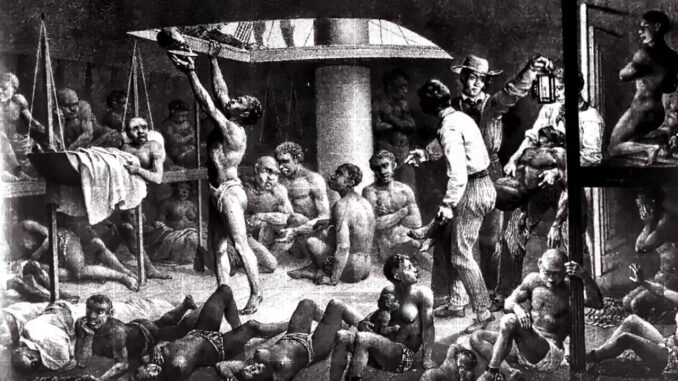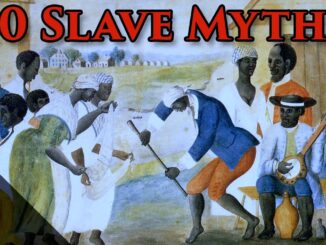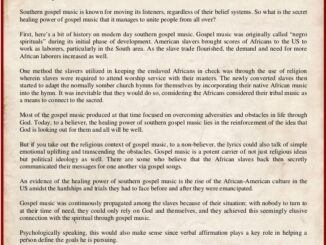
On Easter Sunday in 1722, Jacob Roggeveen, a Dutch explorer, discovered the world’s most isolated inhabited island in the middle of the Pacific Ocean. Named after the holy day of its discovery, the people of Easter Island would reveal a tragic story of environmental genocide, violence and economic exploitation. In a matter of a few hundred years, this rich culture on a 66 square mile island would virtually vanish from the face of the Earth.
The inhabitants of Easter Island, known also by the name of Rapa Nui, were descendants of Polynesian explorers. In fact, a 19th century Tahitian visitor is credited for naming the island Rapa Nui because its shape reminded him of the Tahitian island of “Rapa”, but was bigger “Nui”.
Scholars believe the island was originally settled sometime between 400-600 CE. Initially, the island was a welcomed paradise and filled with large palm tree forests. There were no natural rivers or lakes on the island, but the volcanic craters were able to store the needed fresh water from the rains. The islanders maintained their Polynesian culture by dividing into geographic clans who were led by a “Ariki Mao” or great chief, a hereditary position considered by the Rapanui’s to be of a divine decent.
At the height of their civilization, the Rapanui’s numbered around 7,000. Fishing vessels fed the population and large statues called Moai were erected around the coast to serve as the embodiment of former and current Ariki Moas. But this thriving civilization would not last.
The original settlers systematically deforested the island to make way for the planting of crops. The chopped trees were used to build fishing boats, houses, shrines and to assist in transporting the moai to the coast from the quarries. But eventually, there were no more trees to garnish. The loss of ability to replenish the wood ended the construction of moais, fishing became restricted to the immediate coast as boats deteriorated and the soil eroded to the point of no longer being able to sustain the population. The various clans eventually turned to war, taking land from the weaker clans and toppling the various moais on the island. By the time Roggeveen arrived in 1722, the island was treeless and most of the moais were toppled. The Rapanui’s culture was on the brink of extinction. What the early explorers found after Roggeveen’s visit was a scattered population who lost all knowledge of their history and culture. But things would only get worse.
The island became a regular port call for whalers and other travelers after its discovery. Initially, Easter island was a welcoming port, with it’s pleasant people and attractive women. However, the islanders would soon resent these visitors, as the sailors would sometimes shoot and kill an inhabitant they found to be too aggressive or excitable. The Europeans soon viewed the populace as a source of labor and in the case for women, sexual satisfaction. Islanders started to be abducted to replenish crew members and Europeans infected the women with various sexually transmitted diseases which further destabilized the volatile population.
The final blow occurred in the 1860s, when the islanders were hunted and sold in the lucrative slave trade in South America. The population was decimated during the slave trade and it wasn’t until public discontent in Peru that the government put an end to slavery and repatriated the islanders back to Rapa Nui. By 1877, the damage was irreversible. Only 100 or so original inhabitants were left on Easter island, and the repatriated islanders who managed to survive the long voyage back from Peru brought further death to the populace by spreading small pox to the remaining native population.
As of today, only 800 islanders claim to be fluent in the Rapa Nui language. But what about the possibility of a lost written language? Most scholars believe Rongorongo, strange glyphs discovered on the island, may be the original language or even the proto-language of the original settlers. If Rongorongo does prove to be writing, it could be one of three or four independent inventions of writing in human history.
The loss of this great civilization leaves many unanswered questions. The moais weighed between 2 and 270 tons. How were these moais transported? How were the Pukao and headdresses, made of different rock placed on top of the moais? And what about Ahu Akivi, a mystical inland site considered to be a celestial observatory where 7 moai statues face the ocean. This is the only site on the island where this occurs. These questions will never be answered and will forever remain an unanswered mystery of this lost culture.
Copyright 2010. Historic Mysteries
References:
Easter Island Foundation
Easter Island
Moai on Wiki
Easter Island: Stones, History
Rongorongo on Wiki
Unless otherwise stated, PONIREVO and/or its licensors DO NOT own any intellectual property rights in the website and material on the website. Majority of the site’s content has been scraped and auto posted by a third party artificial intelligence program —– PONIREVO Creation Team.
Proudly WWW.PONIREVO.COM
by Jim Hedd



